Traditional Games to Celebrate the New Year in Japan
Enjoy The Shogatsu With Family And Friends
Whether it’s your first time ringing in the new year in Japan or your 10th, we have a list of activities and traditional games to keep adults and kids busy during the holidays!
As the year winds down, many people in Japan are busy with bonenkai (end-of-the-year parties); sending out nengajo (Japanese New Year postcards); preparing for the big clean (osouji) and snatching up leftover fukubukuro (lucky bags). While the New Year holidays may seem like an adult affair, there are plenty of traditional New Year games in Japan that families can enjoy together.
Karuta
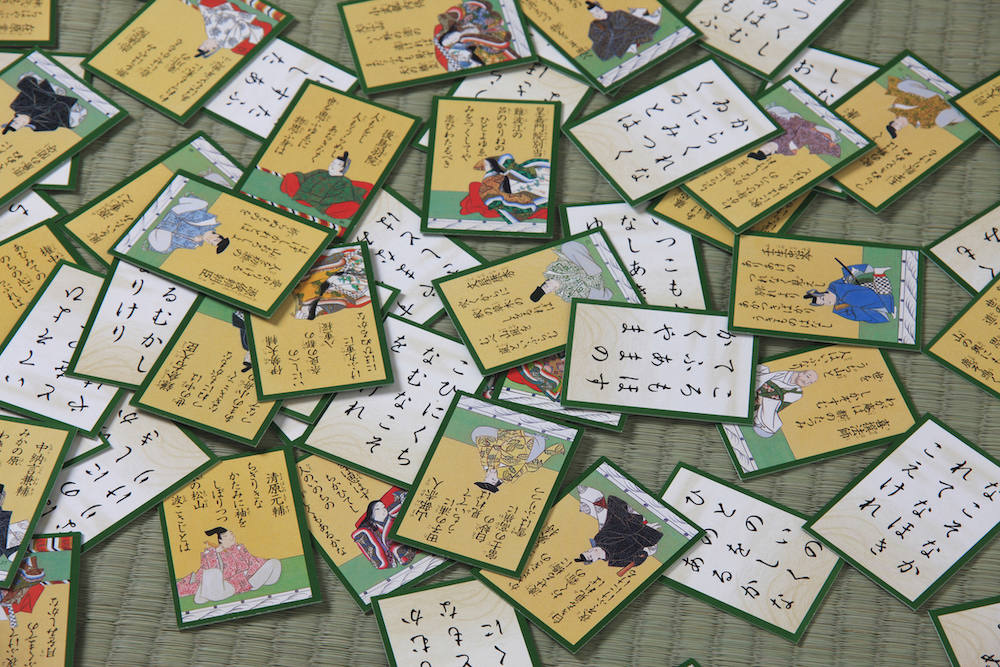 © Photo by iStock: gyro
© Photo by iStock: gyroAs one of the most iconic traditional New Year games, karuta has a long history rooted in kai-awase, a poetry-matching game using shells played by the nobility during the Heian period, and the European-style playing cards that were introduced to Japan in the 16th century. The primary goal of karuta is to correctly recognize and grab the appropriate matching card before your opponent does.
The most popular game is hyakunnin isshu karuta which showcases 100 classic Japanese poems. For more details on how to play karuta, check out this beginner’s primer. A game for all ages, karuta is a great game to hone reflexes, reading and listening skills all in one!
Kendama
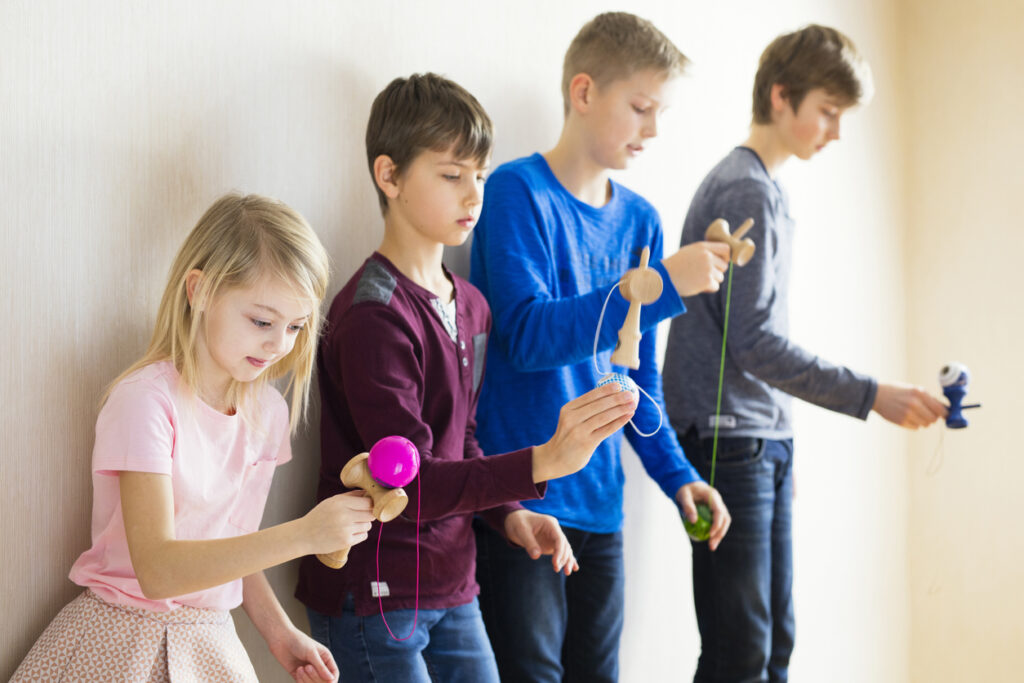 © Photo by iStock: grinvalds
© Photo by iStock: grinvaldsOne game that has experienced a resurgence in popularity in Japan and worldwide is kendama. Typically made of wood, this ball-and-cup type toy consists of a ken (meaning sword or the handle), dama (ball) and a length of string. Kendama’s appeal is its simple construction, yet immense versatility. Thousands of tricks can be performed with experts mastering around 30,000 different combinations!
You simply swing the ball and catch it between the three different “cups” along the handle. You can also spike it on the end. It’s a great game for improving hand-eye coordination and getting some exercise for energetic little ones.
Fukuwarai
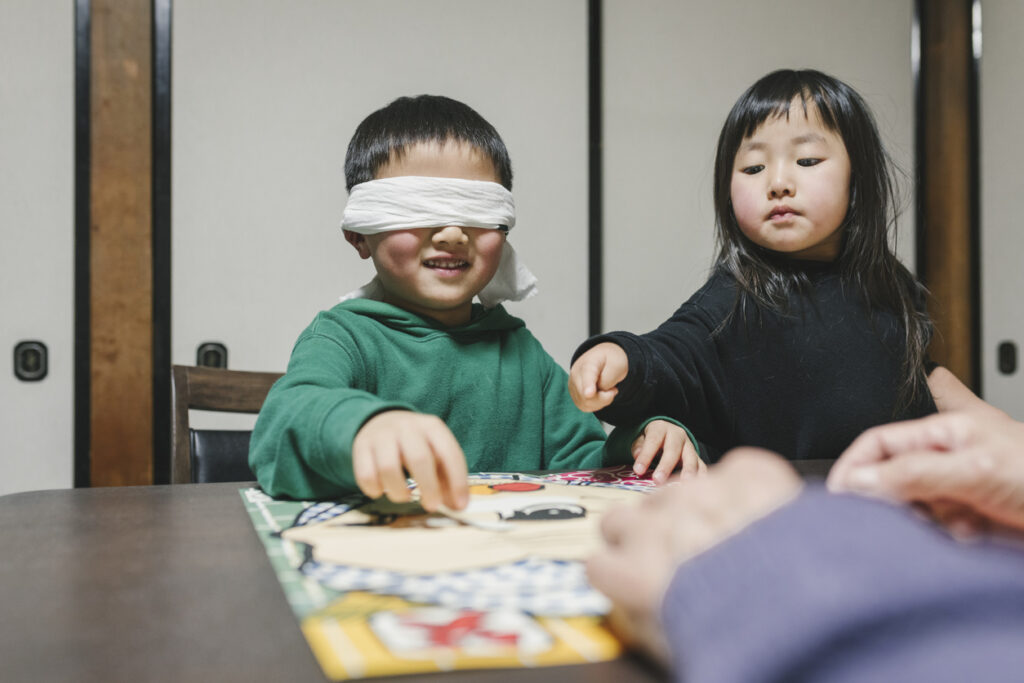 © Photo by iStock: kohei_hara
© Photo by iStock: kohei_haraSimilar to the American game, Pin the Tail on the Donkey, fukuwarai dates back to the Edo period. It is equally fun and simple. First, players are blindfolded. Then they are instructed to correctly place facial feature cutouts (eyes, nose, mouth, eyebrows etc.) onto a blank drawing of a face that is laid out on a table. Traditional face templates include the okame (a woman with large cheeks who brings good luck) and the hyottoko (a man with a comically shaped spout-like mouth).
This traditional New Year game is typically played in teams. Teammates help by shouting out directions, but they can also mislead their teammates to create hilarious faces. Fukuwarai translates to “lucky laugh” since laughter is supposed to bring you good fortune. Secure some good luck during the holidays as you laugh yourselves into next year!
Hanetsuki
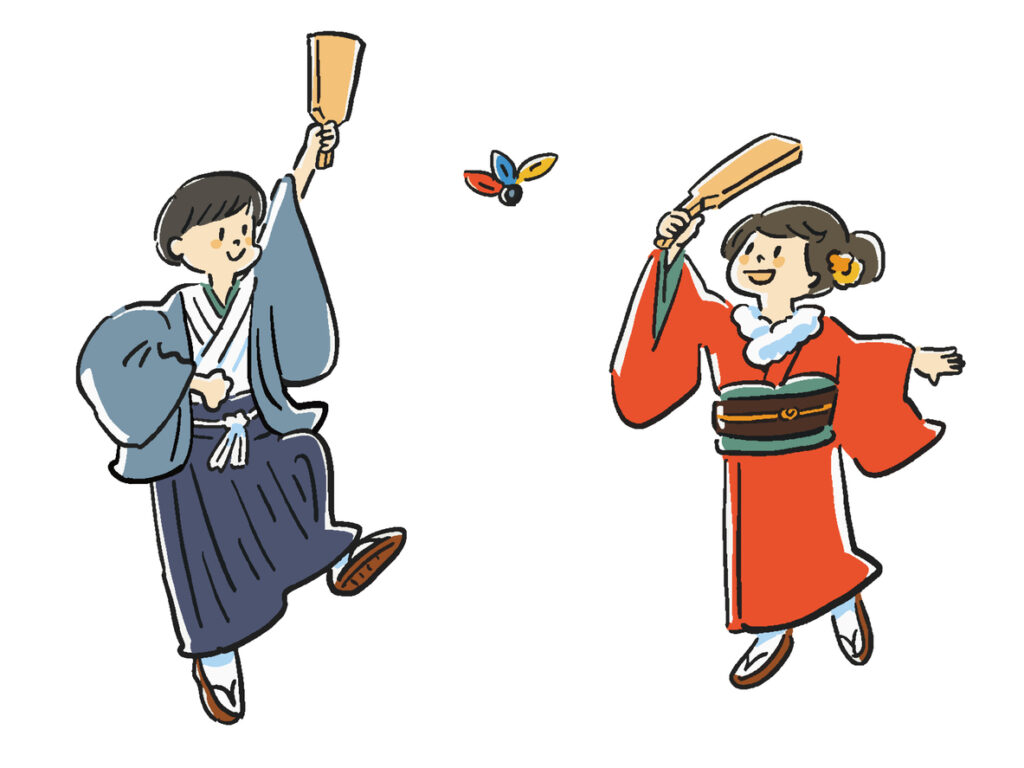 © Photo by iStock: Yoshisako Tsubasa
© Photo by iStock: Yoshisako TsubasaResembling badminton without a net, hanetsuki is played with one or two players. You’ll need a wooden paddle called a hagoita and a shuttlecock-like object known as a hane. Hanetsuki has origins as a Shinto ritual reaching as far back as the Nara period. It was once an activity believed to bless girls with good health.
In one version of the game, a player tries to keep the hane in the air as long as possible. Another features two players squaring off in a match with similar rules to badminton. Although the game has declined in popularity, hagoita are still sold around New Year as collectibles. Grab a pair and go head-to-head this holiday season.
Ohajiki
 © Photo by iStock: hanapon1002
© Photo by iStock: hanapon1002Similar to marbles, ohajiki are typically colorful pieces of china, glass or plastic that have been flattened into round discs. Games using ohajiki were traditionally popular among girls during the Edo period as a way to pass the time.
Two players place their ohajiki on the floor in front of them and take turns flipping their pieces. If a player lands their piece on their opponent’s, they get to keep it and win a point. The game continues until all the pieces are collected and the player with the most pieces wins.
Takoage
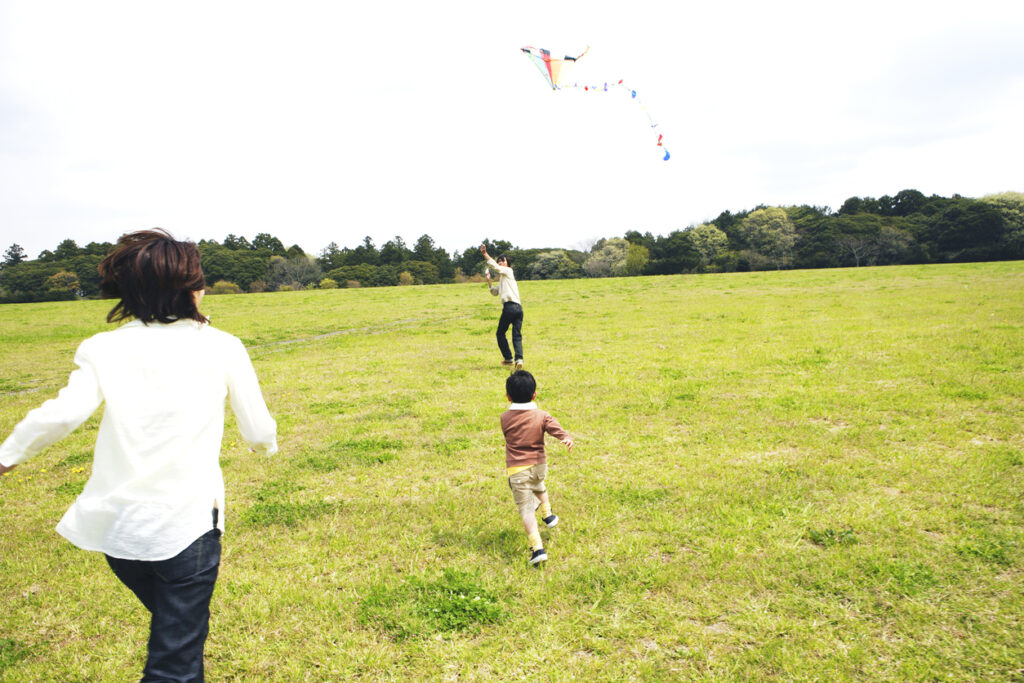 © Photo by iStock: TAGSTOCK1
© Photo by iStock: TAGSTOCK1As with many traditional New Year games covered in this article, takoage (kite flying) was initially done by elite classes. As well as for religious purposes. However, its popularity grew among ordinary people around the 1600s. As a result, the shogunate issued a ban on kite flying. He feared they would hit the upper class making trips to the capital. The activity was permitted only on New Year. As there would be little travel to and from Edo (Tokyo) during the holidays.
Takoage was thought to promote good health as a physical activity. It also had the perceived benefits of catching sunlight on your face while looking to the sky. Parents with newborn boys often flew kites during the holiday as a ritual for ensuring their good health too. These days, kites are readily available in all shapes, sizes and designs. Find your own and take to the skies this New Year!
Origami
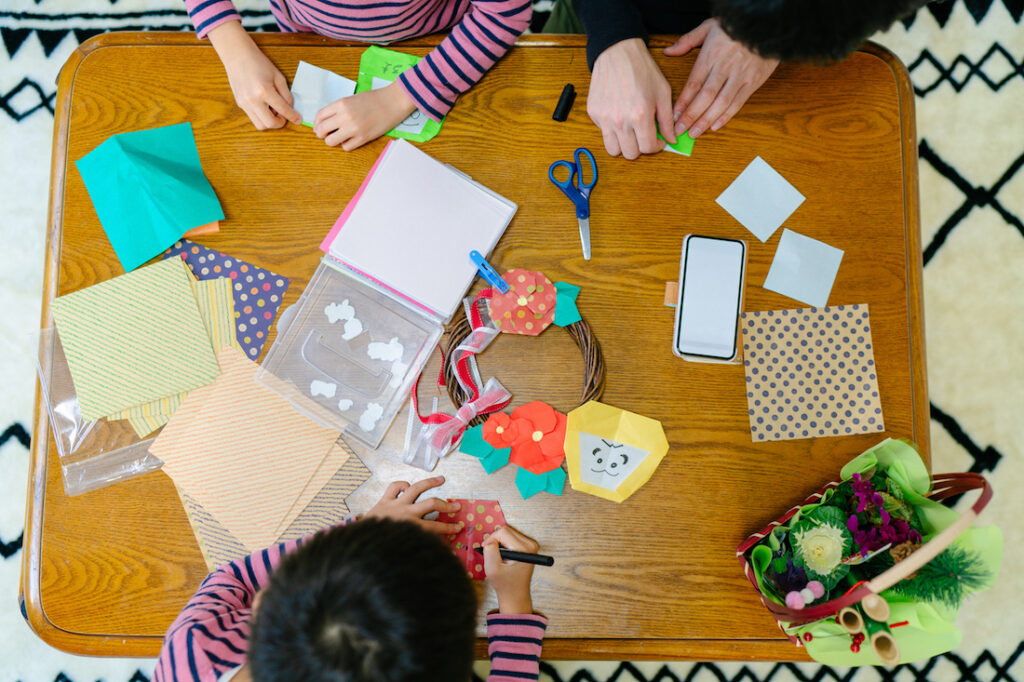 © Photo by iStock: recep-bg
© Photo by iStock: recep-bgThe Japanese art of paper folding is not an activity readily associated with the Japanese New Year. However, its thematic versatility means that there are plenty of holiday-related projects for the family to embark on. Try making these New Year items with origami:
- Kadomatsu: One of the most visible examples of New Year decor.
- The fifth creature of the Chinese zodiac: For the upcoming year of the Dragon
- Ema (thick pine cards for writing wishes at shrines): decorate the home with hopes for the coming year.
Are there any traditional New Year games or activities that you like to do with your little ones? Leave us some suggestions in the comments below!












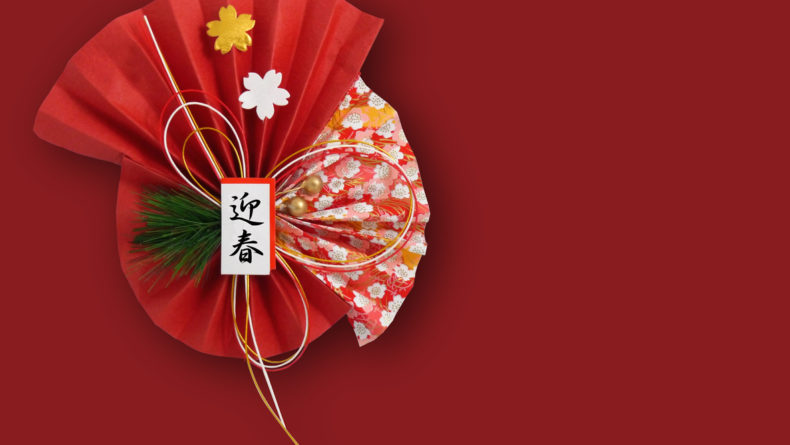
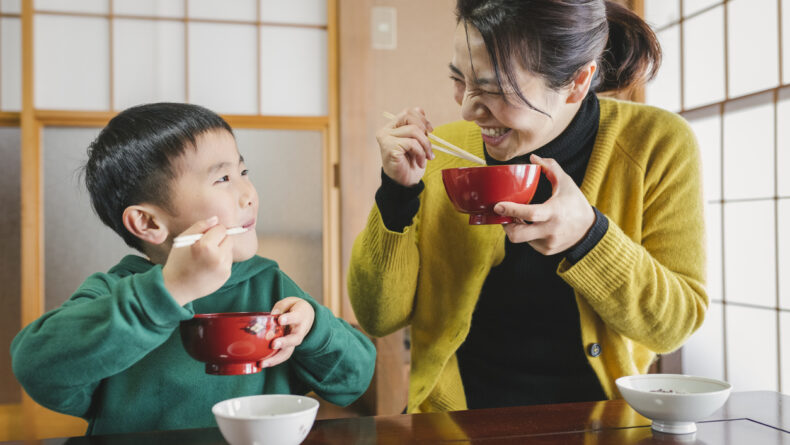
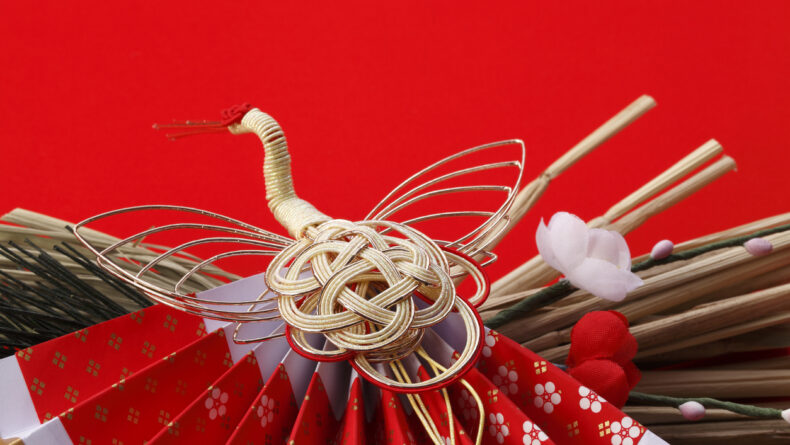
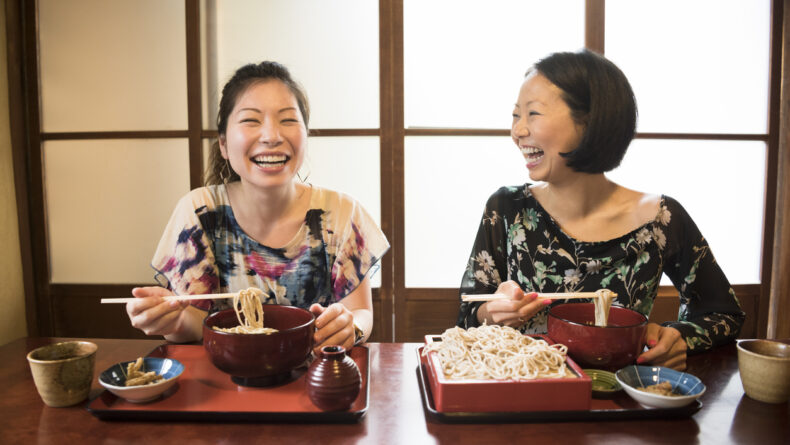
Leave a Reply